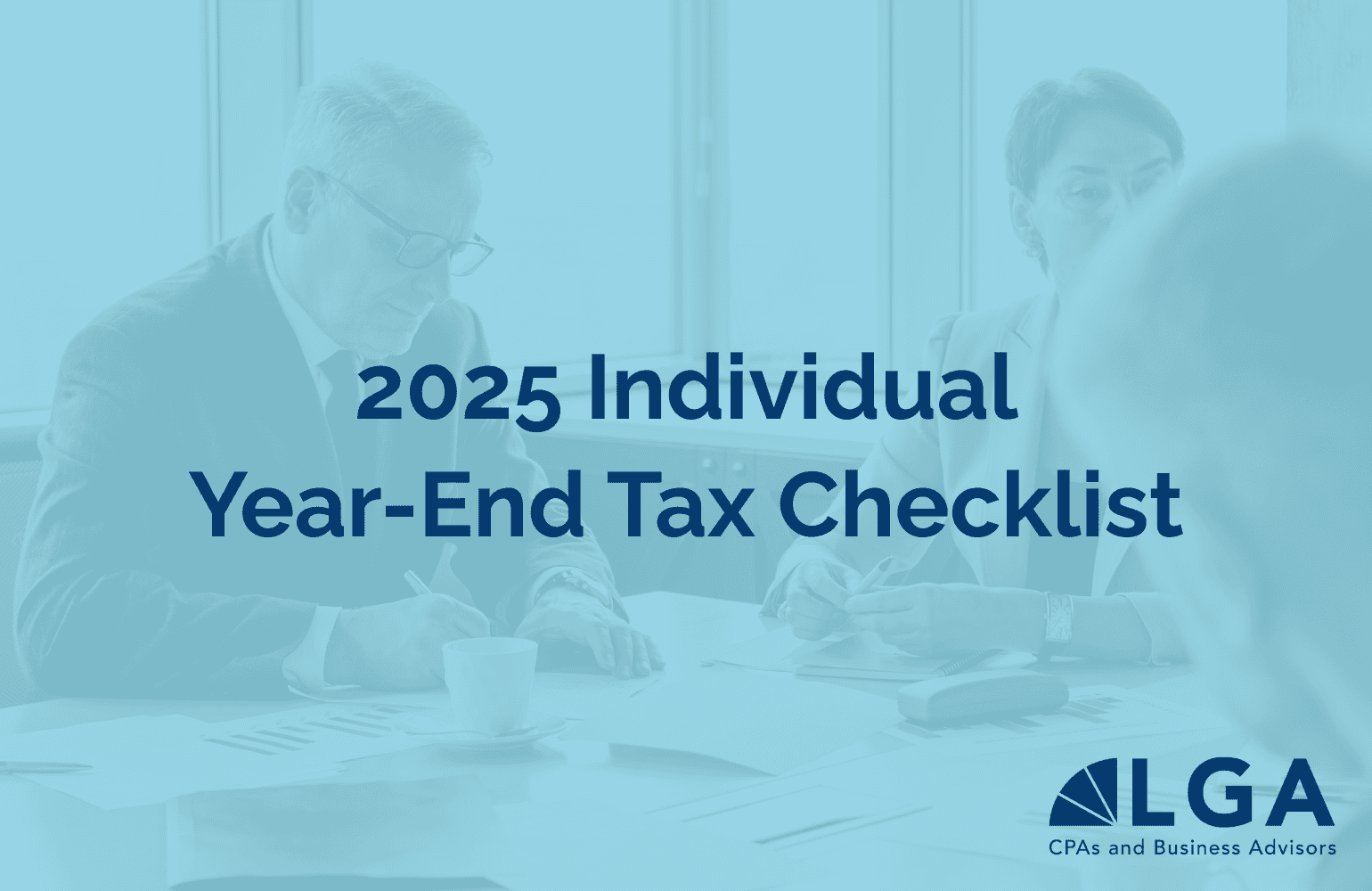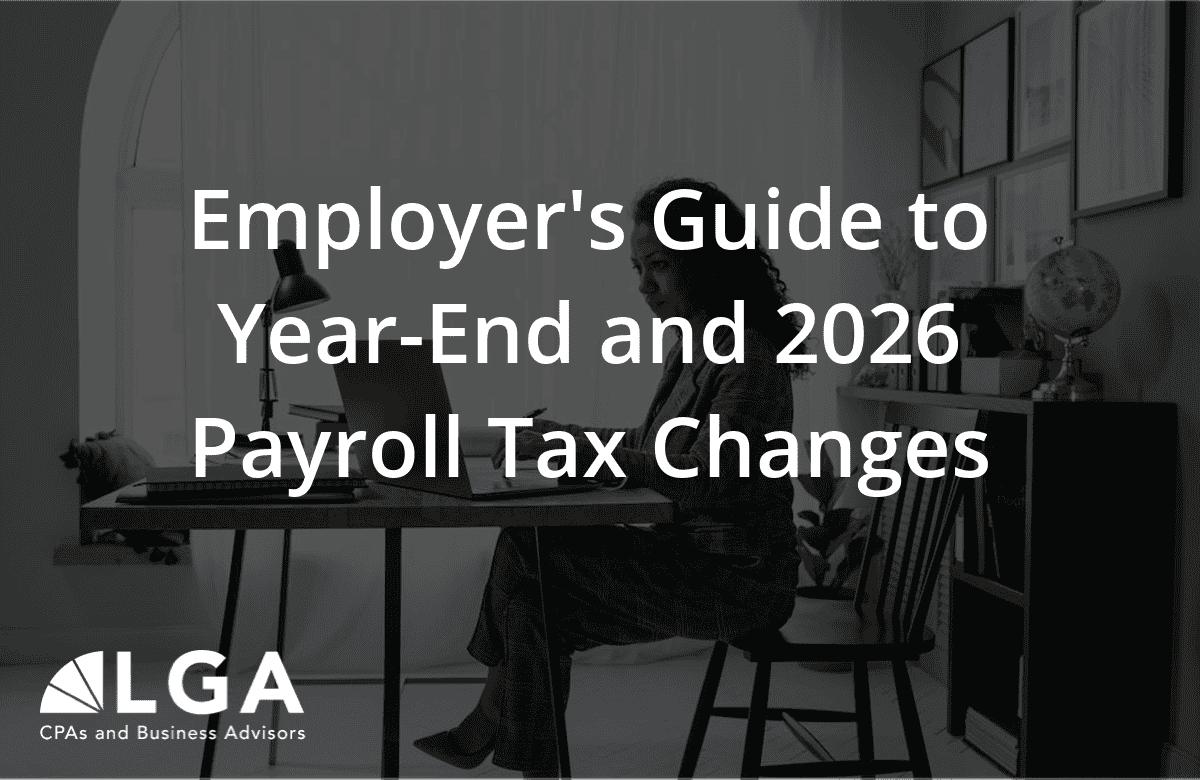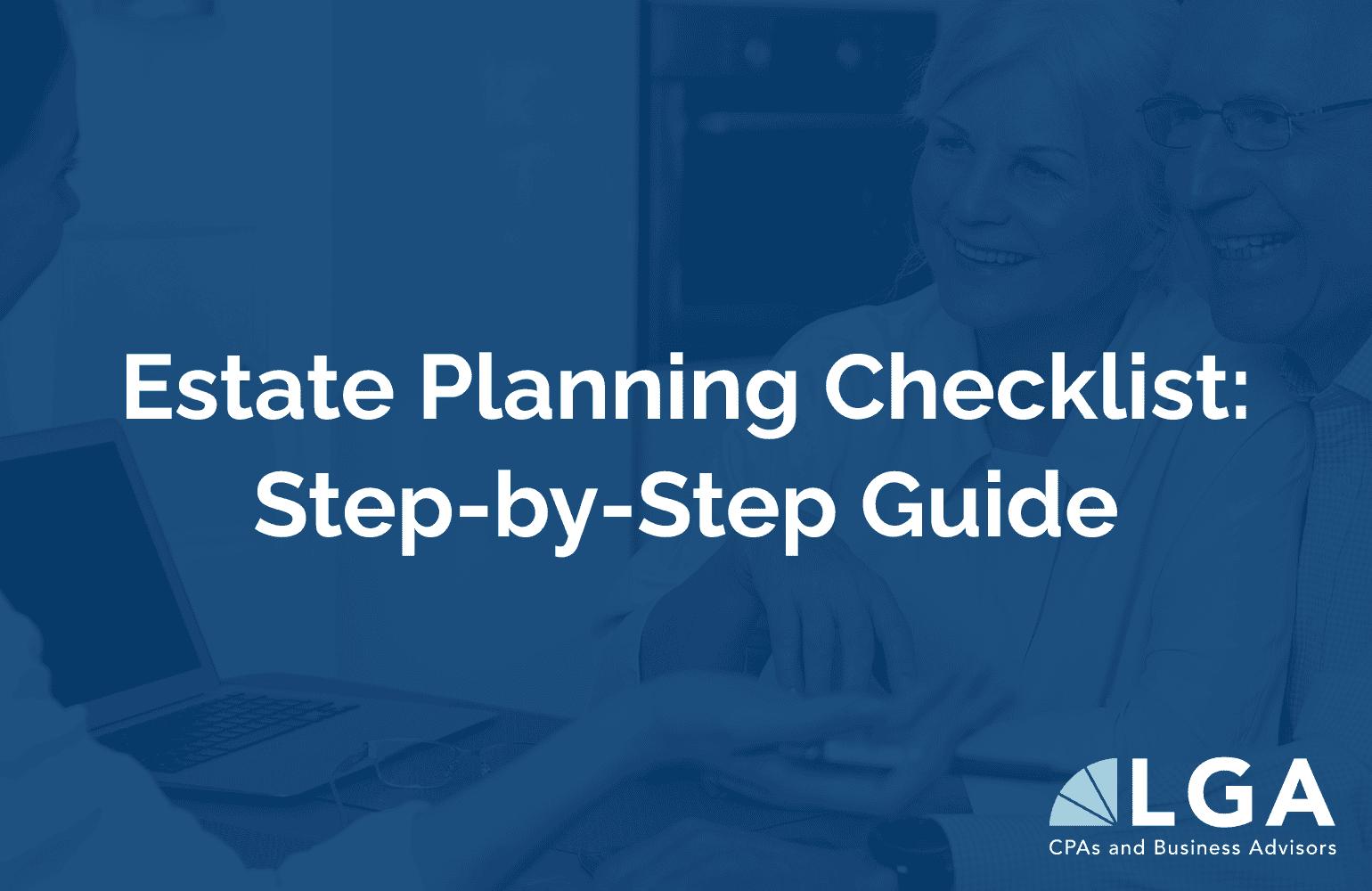
Are you one of many individual taxpayers who make quarterly estimated tax payments? Do you also need to file an extension because you need more time to gather your tax information? The IRS does not make it easy since your tax liability and your first quarter estimated tax payment are both due by April 15th, even if you aren’t exactly sure how much you owe!
Here is some advice to help ease that frustration. If possible, we recommend paying both your current-year first quarter estimate payment and your prior-year extended tax payment in one lump sum. If cash flow is an issue, remember it is more important to pay your prior-year tax return liability first. For example, if you think your tax liability may be around $3,000 and your first quarter estimate is around $4,000, then your extension payment should be $7,000. This strategy hedges against underpaying your tax return liability, since any difference in the amount you paid with the extension and the amount you actually owe when you file will simply be applied to your current year estimated tax payments.
Underpaying your extension is typically more costly than underpaying an estimate since the penalties and interest on extensions are calculated for a longer time period than underpaying your current year estimated taxes. If you find yourself having underpaid a quarterly estimate, remember that you can send in additional quarterly estimated tax payments, to make-up up for that shortfall, any time during the current year.
If you need any help or would like a further explanation to help you make this determination, please reach out to our Individual Tax services team. We would be happy to help.
Written by Donna Martin





